I was asked to participate in the Vetrina Toscana sharing my recipe for a favorite dish using the Vitellone Bianco dell’Appenino Centrale. What is that? The huge white cattle raised for meat, In Tuscany it is the Chianina, in Emilia Romagna the Romagnola and in Le Marche the Marchigiana. The Big White Cows, standing higher than a man.
Once upon a time, over 30 years ago, I was a vegetarian. Hard to believe now, living in Tuscany, not only do I eat meat, but have eaten raw sausage and love the local specialty lampredotto sandwiches, a kind of tripe. I have worked at a tripe sandwich stand in Florence and at a butcher in Chianti. Living in front of the Central Market in Florence I witnessed daily the pride taken by the butchers selling the best quality of meats and now living out in the countryside, I find the same passion and pride in the farmers raising their animals.
Tuscany is very meat-centric. Dining out the dish which is featured most prominently on the menu is the iconic Bistecca alla Fiorentina. The Bistecca is a huge piece of meat, usually a kilo, 2.2 lbs. It is what we in America call a T-bone steak which has the filet attached. BEWARE! It is a party on it’s own.
There are several dishes that people go out to eat and steak is one of them. We love to find a place where it is grilled over wood, where it gets a fabulous flavor. It is meant to be shared, not be be ordered for a single diner. They will serve it to you sliced to share. It will be served rare, as the meat, if overcooked will be tough.
The only “sauce” you will be served is extra virgin olive oil, salt and perhaps a lemon slice.
Tuscans love the time spent at the table and long drawn out meals are common. They say “ A tavola non si invecchia”, one doesn’t age at the table. Looking at all the older people still active, it must be true.
The best quality Tuscan steak comes from the famous Chianina cow, the Tuscan White Steer. I try to eat local and I look for the best quality. The Tuscan White Steer; Vitellone Bianco has been recognized as an IGP, meaning the area where the cattle are raised is protected and governed by laws. It is governed by the Consorzio di tutela del “Vitellone Bianco dell’Appenino Central IGP.
The Consorzio maintains a high level of quality control of the raising of the animals. The area closest to me is the region called the Val di Chiana,which is a long rich valley from the area between Siena, Arezzo and down to Lago Trasimeno. I live in Certaldo, which is not too far from Siena. So my Chianina beef is raised very close to me.
When shopping for meat, normally I don’t buy steak. I firmly believe in the “nose to tail” school of cooking. I try to also buy from butchers that buy the whole animal as the prices are better. A cow only has a few steaks, but the rest of the animal? That is where you can get a deal. Italian butchers are artisans and the cuts for the beef are different from USA, so often I need a cow map.
The Consorzio di tutela del “Vitellone Bianco dell’Appenino Centrale IGP“ The Consorzio maintains a high level of quality control of the raising of the animals. The area closest to me is the region called the Val di Chiana,which is a long rich valley from the area between Siena, Arezzo and down to Lago Trasimeno.
I picked up the Chianina beef I used for my recipe at the Central Market in Florence. My friends, Piero Soderi and his family are one of the butcher shops selling the IGP Chianina. On the stand is the certificate of where the meat came from. This is guarantee of quality and control. My Chianina came from the Azienda Agricola Abbadia, an estate south of Siena owned by the Ciuffi family.
The Vitellone is not what we think of as veal, it is red meat from cattle that are from 12-24 months old. Italians do not take the young cows from their mothers, but rather leave the calves feeding on their mother’s milk until weaned, about 6 months and then they are let out to graze. They are also fed some locally grown feed, often produced by the farm itself. When a product is given the IGP rating, it is closely monitored for quality. That includes how it is raised, where it is raised and then when, where and how it is slaughtered. The European Community awarded the IGP to the Vitellone and is it the only fresh meat product in Italy to have been given this denomination.
A little history of the Chianina
They say that the Chianina probably dates back to prehistoric times, having seen the graffiti in several caves in Italy. It is easily recognizable for it’s white coat and large size, one of the largest cattle.
 |
| Chianina from the Ciuffi Farm in Val di Chiana ( foto from their site) |
Since Etruscan and Roman times, the Chianina was also used in parades and offered as a prize to the winners of sport competitions. Today you can see the Chianina in several of the traditional wine parades and the parade in Florence for Calcio in Costume, the historical soccer game played in June, but I don’t think they serve it as dinner to the winners anymore.
This huge white steer was used as the tractor in Tuscany to work the fields. When tractors were introduced, the steer was then raised for meat. One of the largest cows, Donetto, was 1,780 kg, almost 4,000 pounds. That’s a lot of meat.
Nose to tail cooking
When you animals have been raised with care, you can eat EVERYTHING. Having suffered for the lack of food during WWll, Florentines know how to transform almost all the of the cow into something delicious, wasting nothing.
There are cuts for grilling, roasting, stewing and boiling. Always tell the butcher what you are going to be making. They will cut to order for you. I first made the mistake of just pointing to a piece of meat and sauteed it. It was tough as the sole of a shoe. I later found out it was meant for frying.
I only made that mistake once.
Below is a small slide show with some of the traditional dishes.
Braciole are thin slices of beef which can be either cooked very quickly, fried or stewed.
Polpette can be made from freshly ground meat or minced cooked meat.
Stufato is a pot roast.
Shanks are for Osso Bucco ( not in slideshow, but a favorite)
Italians don’t do beef ribs, you can find them as part of the meat for boiling, often boneless.
It is also hard to find the cut for fajita’s, it is called the diafram
Many of the “poorer” cuts of meat are simply ground for ragu or hamburgers, including the diafram, which should be ordered as there is only one per animal.
Tuscans are know to be great cooks, more than great chefs. I attribute that to the fact that the main ingredients here are so fabulous, little needs to be done to alter the flavors.
Some of the local butchers only buy the Lombata, which is where the steaks are cut. The “rules” for having a Bistecca alla Fiorentina are also strict. The Bistecca always has the filet attached, the t-bone steak. After the filet ends, the steak is then called a Costata.
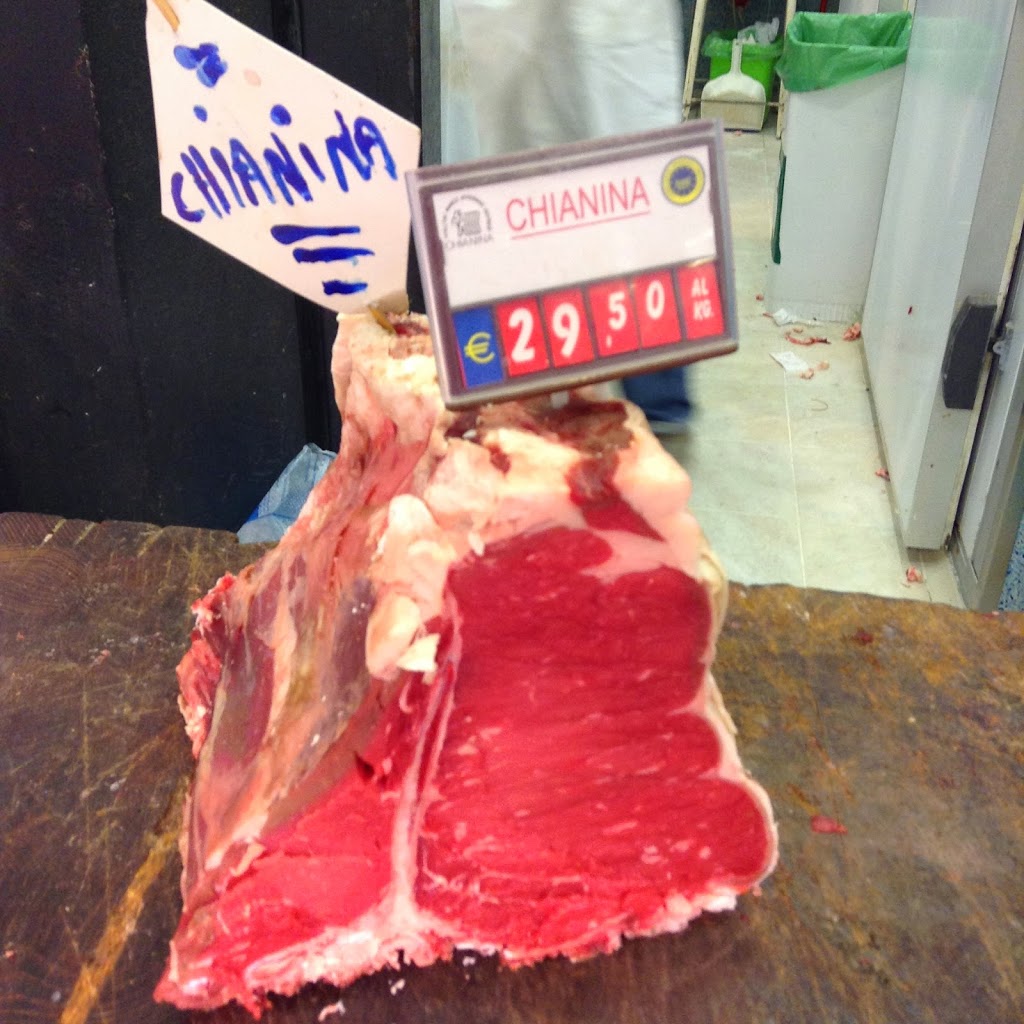 |
| never overcook a steak in Tuscany, the meat is lean and gets tough with overcooking |
I previously wrote about the rules to cooking the perfect Bistecca on my blog.
But there is more to a cow than simply the steak, and those are the recipes I adore. Often I stand at the Central Market in Florence and eavesdrop on the people shopping, gathering recipes. Other times I simply ask my butcher.
The main cuts of the meat come from the two front halves and the two hind halves of the cow, but Florence is especially famous for the quinto quarto, the fifth quarter. When shopping in the market almost all the “other” parts of the cow are also available. Inside the Central Market in Florence you will see one of the historic stands selling offal. The most popular of the offal is the trippa; cow’s stomach. The tripe is sold precooked. A cow has three classic white stomachs, but also a fourth darker more tender tripe called lampredotto. This is used for the street food sandwiches, panino con lampredotto.
But as you look at the stand, you will notice some other parts of the cow you have probably not seen before. The tendons, cow face, left whole, but also rolled and pressed to be thinly sliced. The whole tongue, pre-cooked cow udder and also the fallopian tubes. “Rocky mountain oysters” the bulls testicals as well as the esophagus. Ok, even I don’t know what to do with that! The liver, lungs and the diafram are also sold. The tripe, which is the cow’s stomach, all 4 of them, the last and darkest of the stomachs is called lampredotto, is one of the most popular street foods.
For my recipe, I chose a classic favorite of my Florentine husband, Andrea. I wanted to do a slow cooked meat, using a less noble cut of beef. I was thinking of doing a historical dish, the Peposo, a beef stew, slowly cooked in red wine and lots of black pepper. But when I arrived at the butcher, the correct cut was no longer available.
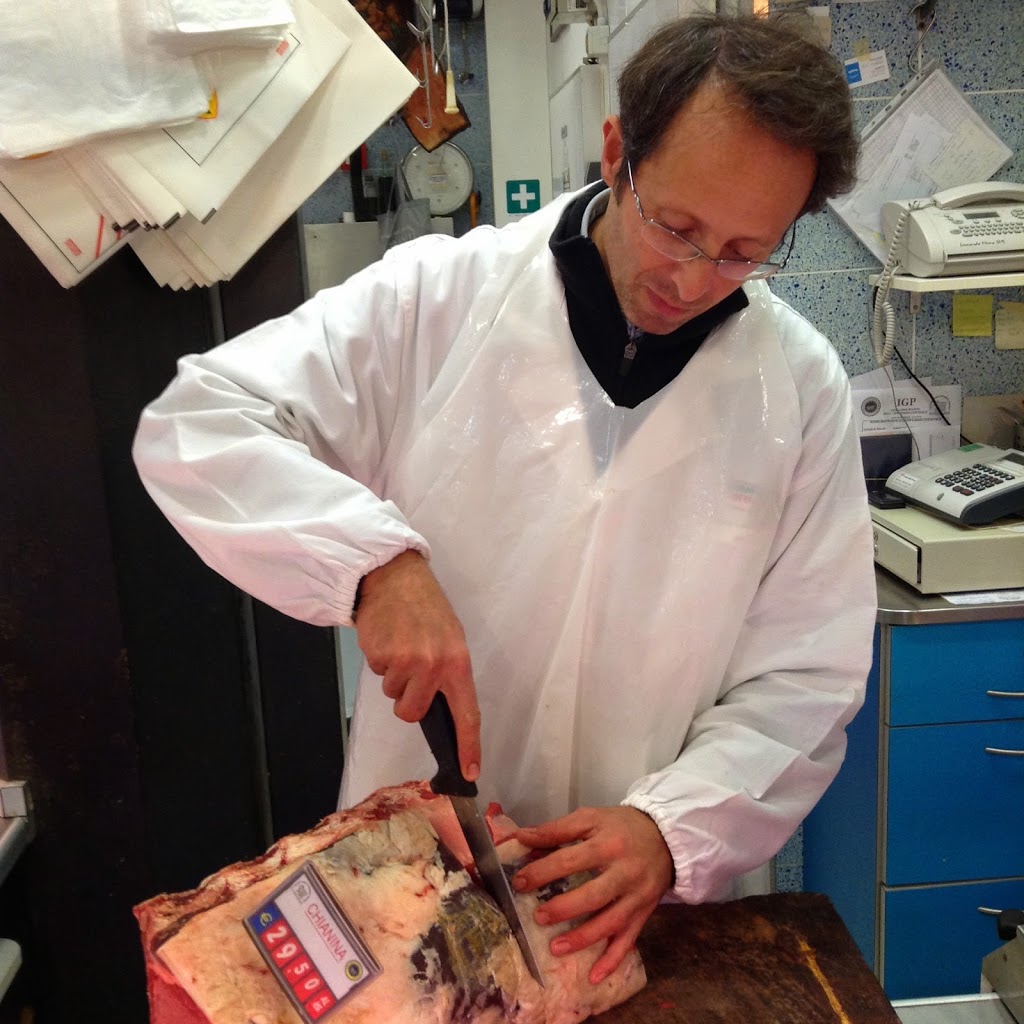 |
| removing the scoperchiatura |
This is when your butcher comes in handy. I asked what piece could I use for a slow cooked recipe.Immediately he took out the lombata of the bistecca and showed me the scoperchiatura della bistecca, a layer of meat and fat on top of the rack that the steak is cut from. Many butchers leave it on the steak, but it can also be taken off and used for part of the bollito misto. Traditionally I make this for Christmas dinner as it provides us with several great meals, with one large pot of boiled beef.
This led me to think about making my favorite recipe the Francesina, a simple stew, recooking the boiled beef with onions.
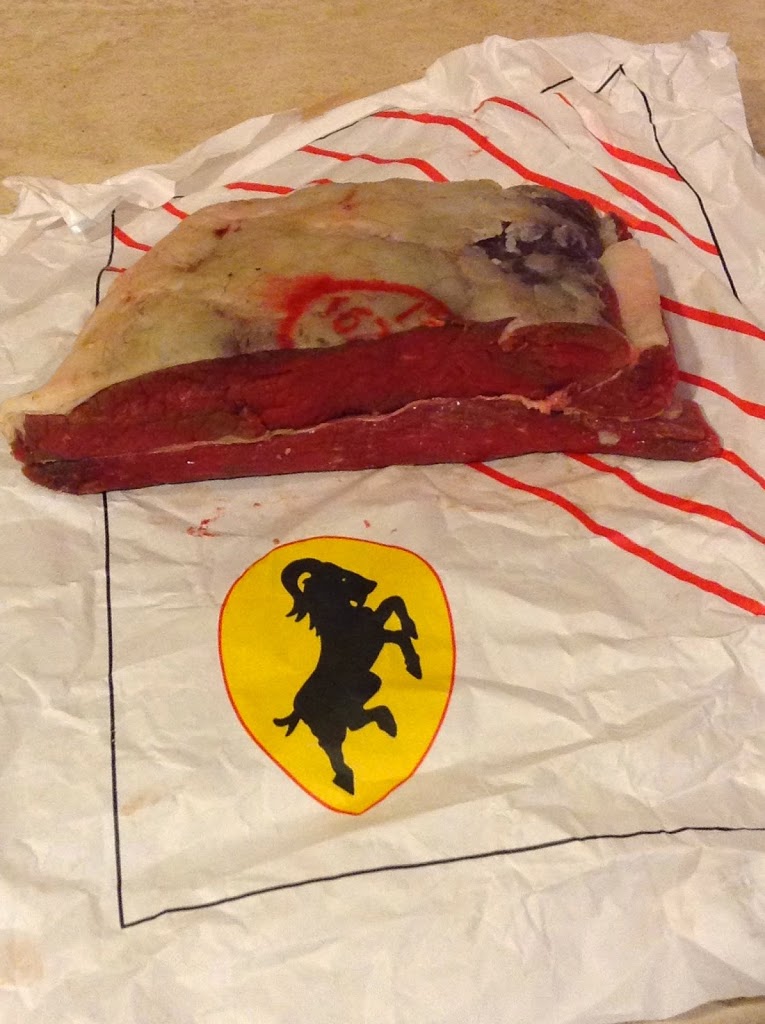 |
| Scoperchiatura della bistecca |
Bollito Misto:
When you are going to make the classic boiled beef, you must decide if you want flavorful broth or flavorful meat. If you prefer the broth to be more flavorful, place the meat in cold water, add 2 carrots, 2 celery stalks , 2 onions, peeled and some parsley. Salt the water to taste and bring to a boil. Normally it takes 2 hours for the meat to become tender.
 |
| boiling the meat with vegetable broth |
Francesina or Lesso Rifatto
The piece of meat weighed 1 kilo, so I thinly sliced 2 kilos of red onions and sauteed in extra virgin olive oil in a clay pot with some chopped sage, garlic, rosemary and a sliced chili pepper.
Let the onions cook down, covered, until fully cooked. If they get dry, add a little of the beef broth.Then add some tomato paste and stir it to dissolve in the broth.
Cut the boiled beef into pieces and place on top of the onion mixture.
The Francesina is served simply, with a nice Tuscan bread to soak up the juices, but would be really nice as a one course meal served on a bed of polenta or mashed potatoes.
The other reason I adore making bollito, is that the you also have a nice big pot of broth. After boiling the meat, I strain the broth, removing any bits of vegetables or meat left. Refrigerate over night and it is easy to remove the fat layer which will solidify on the top.
To serve, reheat. You can use this to make tortellini in brodo, serving the broth with tortellini in it as a nice first course or a simple minestrina in brodo, with the tiny little pasta boiled in the broth. Most people think that everyone eats pasta all the time in Italy, but Florentines tend to also like a bowl of light soup with or without pasta.
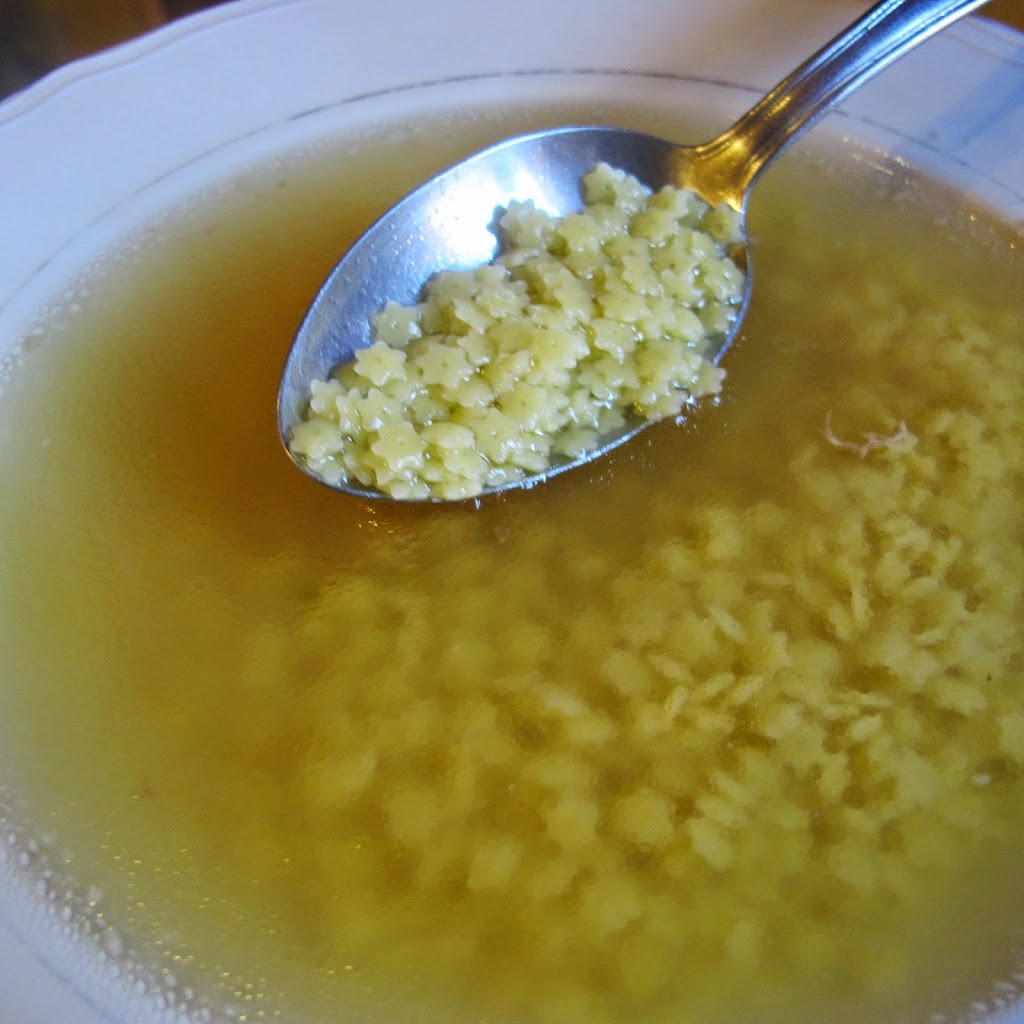 |
| simple pastina in brodo, a light supper |
When you use the various cuts of meat for the broth, you will have more meat left over. Another popular dish is polpette, mincing the meat and mixing with mashed potatoes to create a “meatball” which is rolled in breadcrumbs and fried.
The brisket cut is often used to make a boiled beef sandwich served as a street food from the carts serving the lampredotto. Both meats are boiled as the above recipe with the vegetables and tomato paste is added to the broth while cooking.
The boiled beef also called bollito, is served thinly sliced and on a roll as street food. Some of the bread is removed from the top of the roll and then you ask for salt, pepper, chili sauce- peperoncino and or salsa verde. My favorite way is with everything and also dipping the top of the roll in the broth. This is called bagnata. It is served in a small bag which prevents the sauces from dripping out.
For a fun finger food for parties, I do a Tuscan slider, making a mini panino with the left over Francesina stew. Normally in America, the slider is made with pulled pork or brisket, heated together with a BBQ sauce, which is tomato based with a sweet and spicy tang.
I live in Certaldo, famous for their red onions. Here they make a red onion jam to serve with the local pecorino cheese, I use it as a spread on the bread.
Twisted-Tuscan Sliders
My Tuscan-American version of street food
Take the beef pieces from the stew and shred them like you would for pulled pork. The meat is very tender and falls apart easily using two forks.
Stir in the rest of the sauce with the onions and reheat to serve adding a little chili pepper if you like some heat.
Grill the small panini.
Spread the red onion jam on the bread.
Spoon the shredded beef on top and add grated aged pecorino cheese or chili sauce.
Cover with the other half of the panino.
Serve warm.
Mille Grazie to Vetrina Toscana for inviting me to participate.
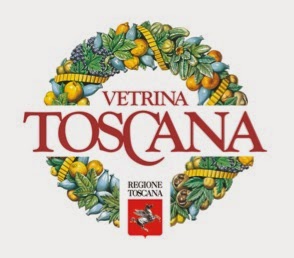
Product provided by Vetrina Toscana: best restaurants, shops and food events in Tuscany


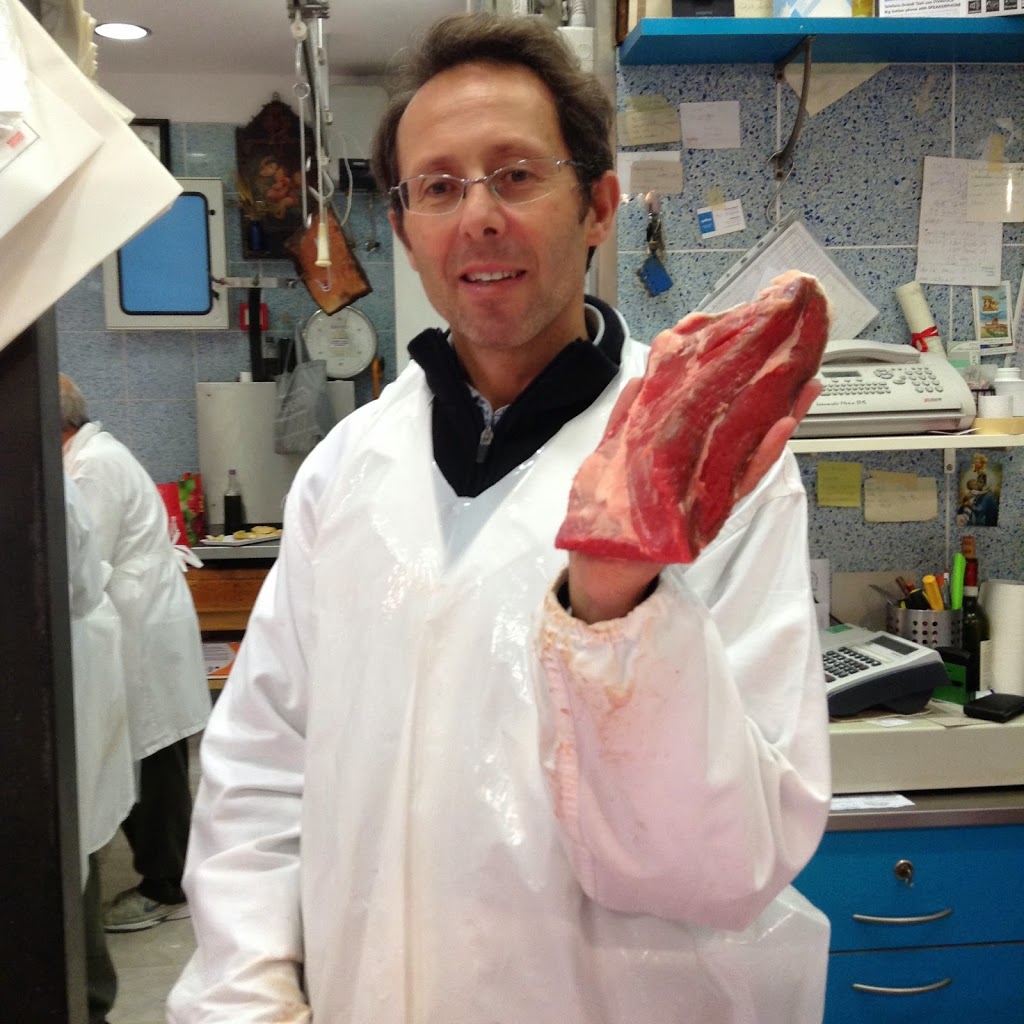
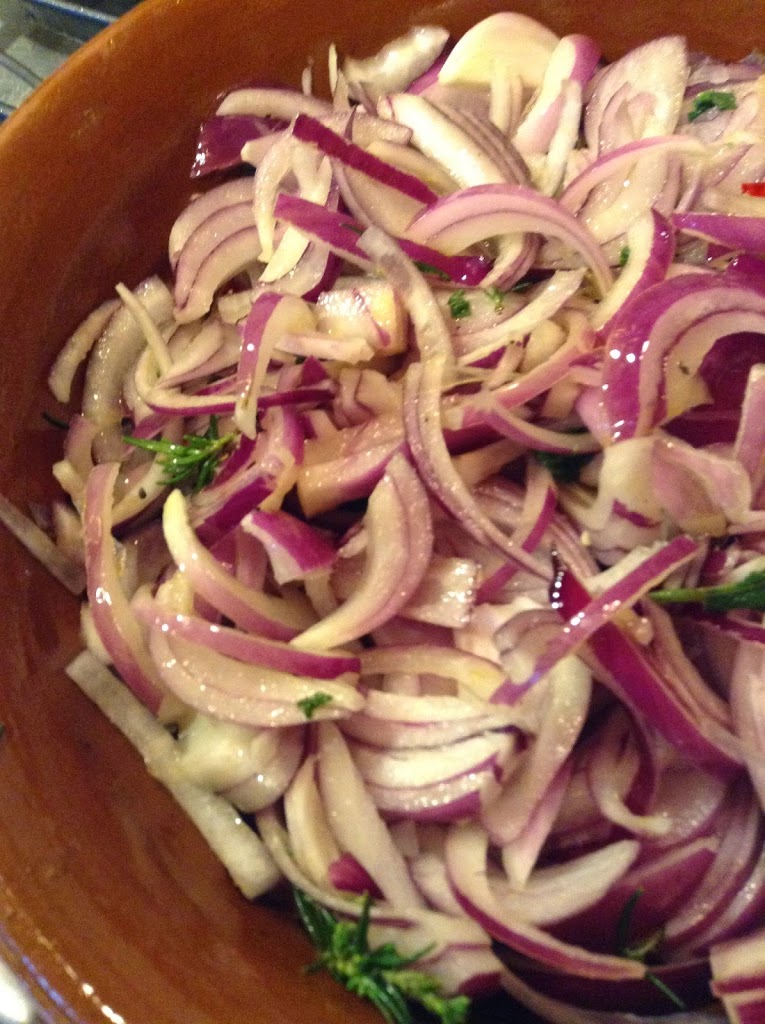
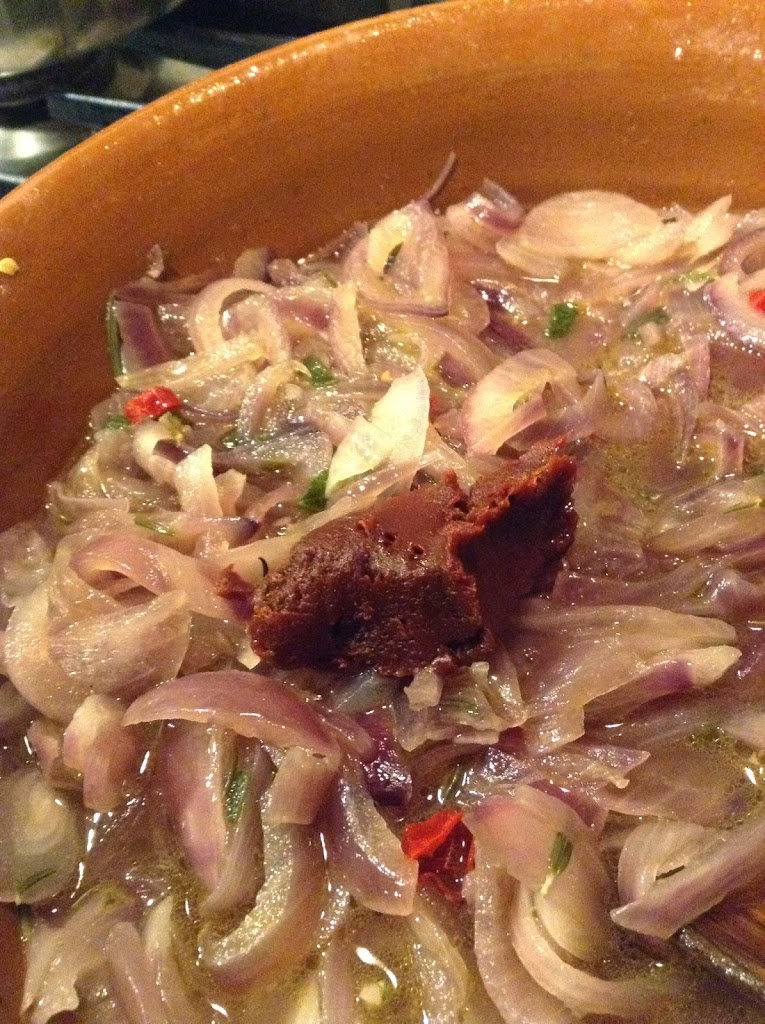
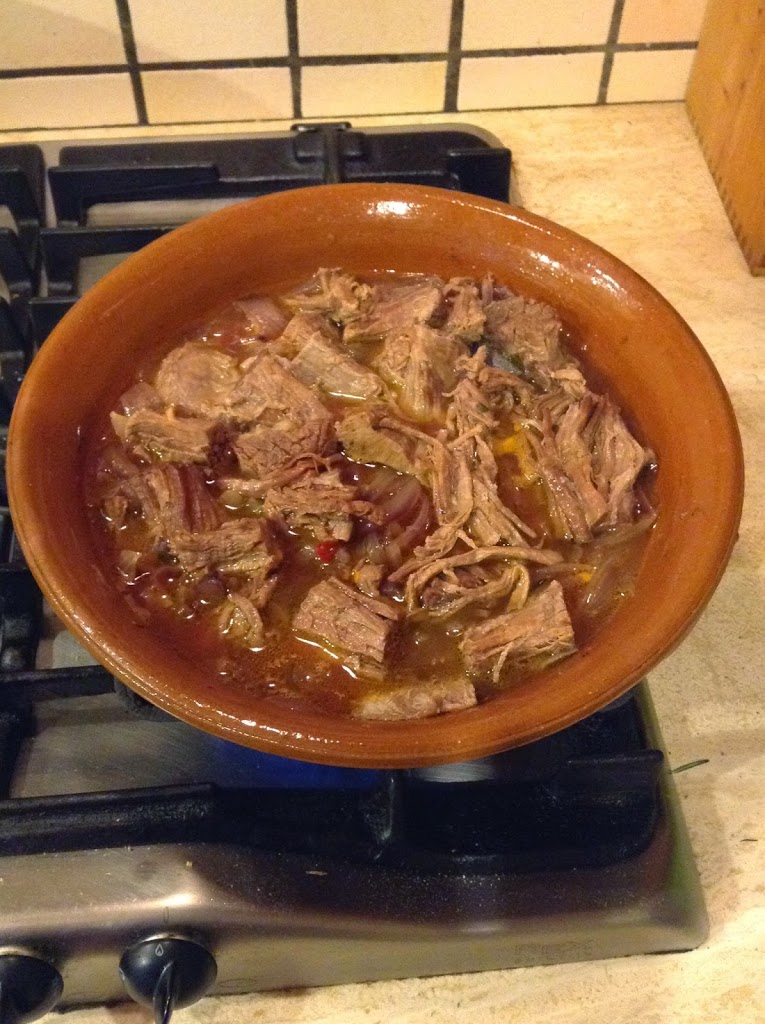
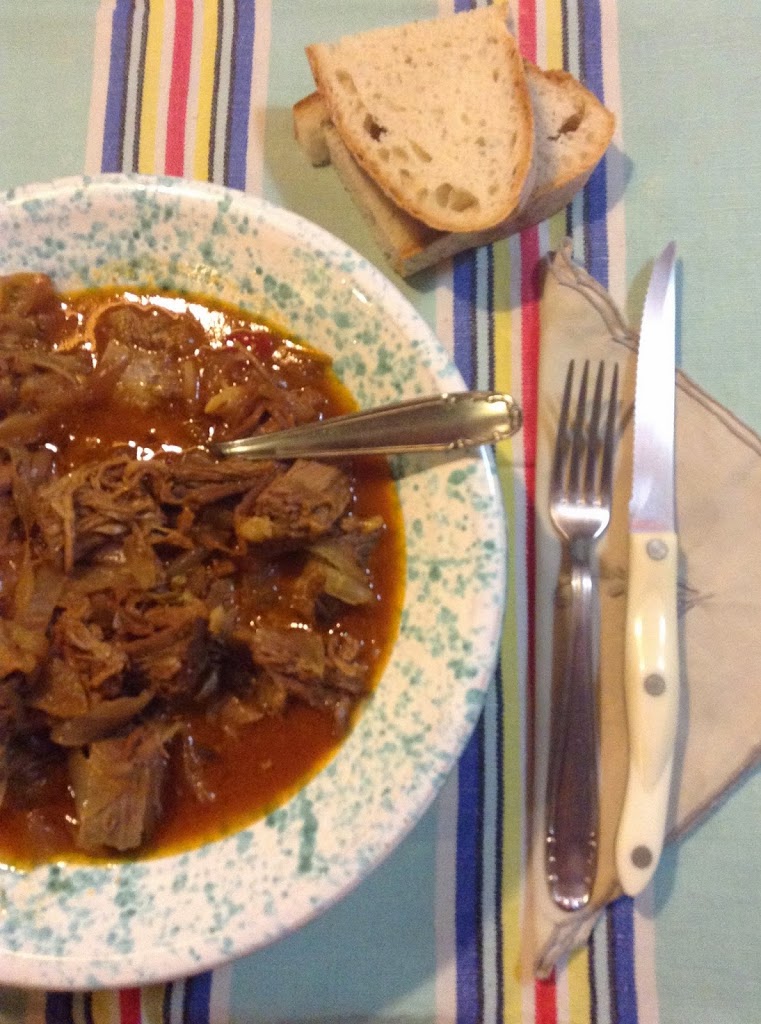
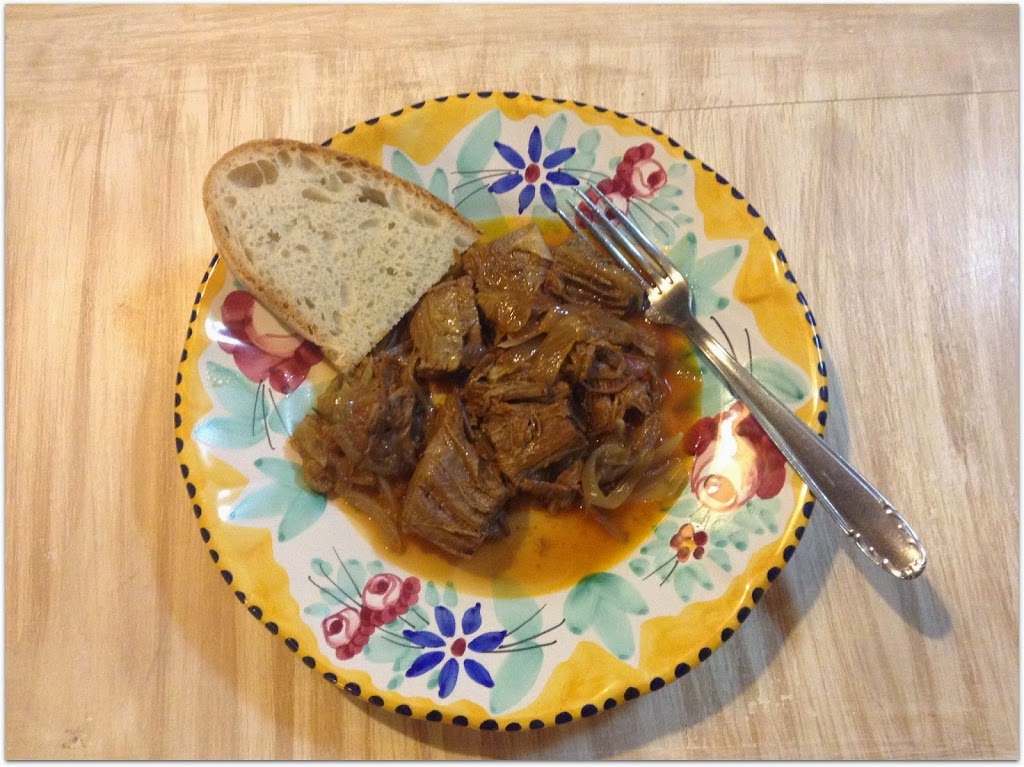

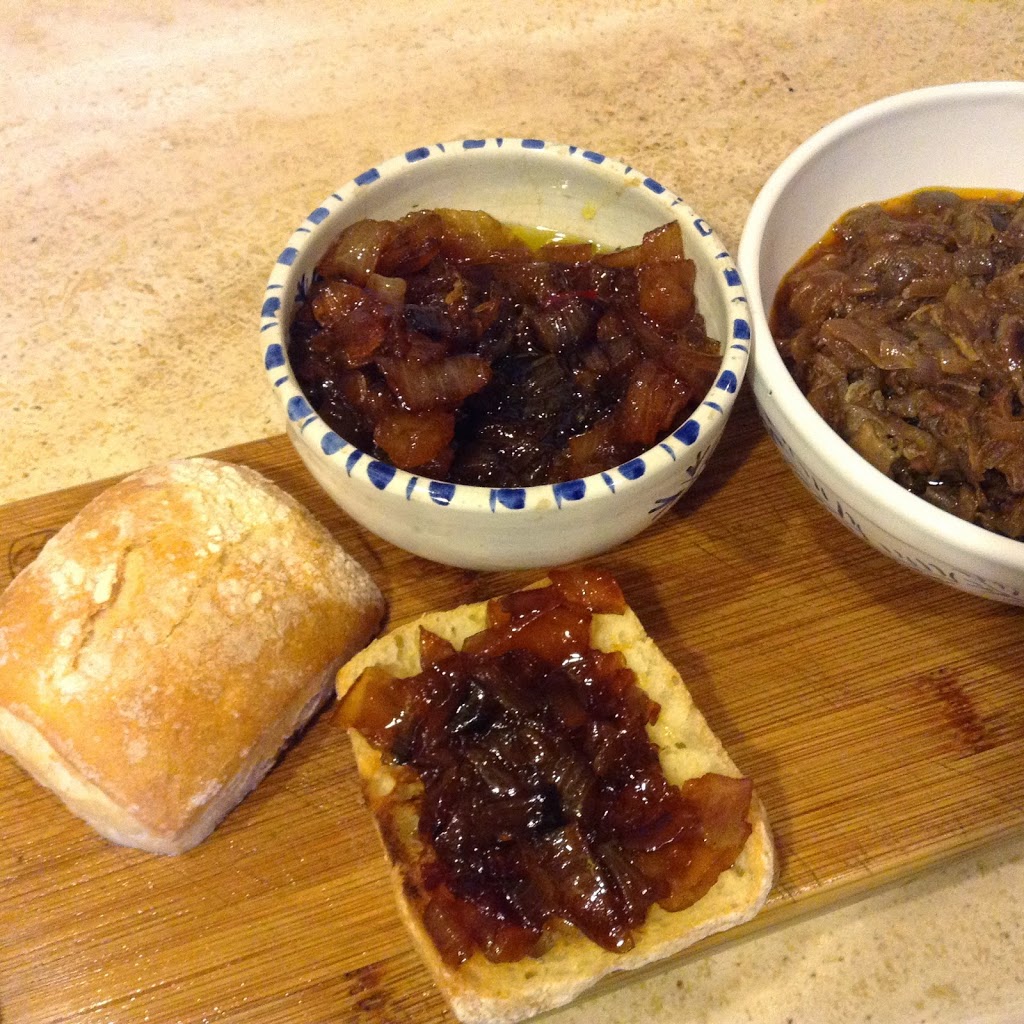
Grazie!